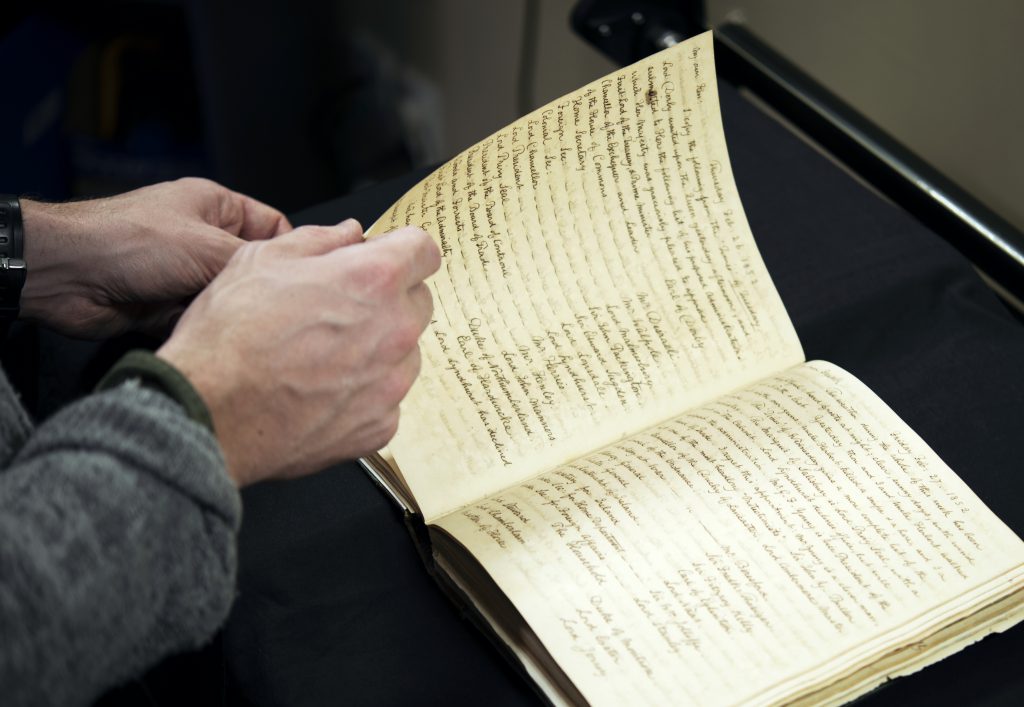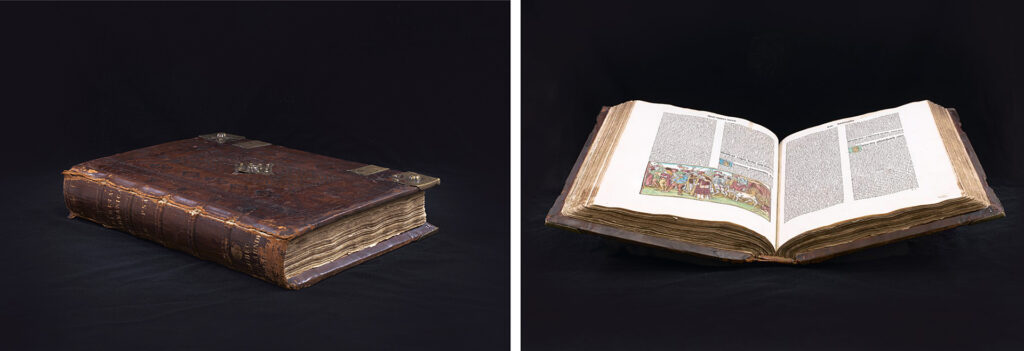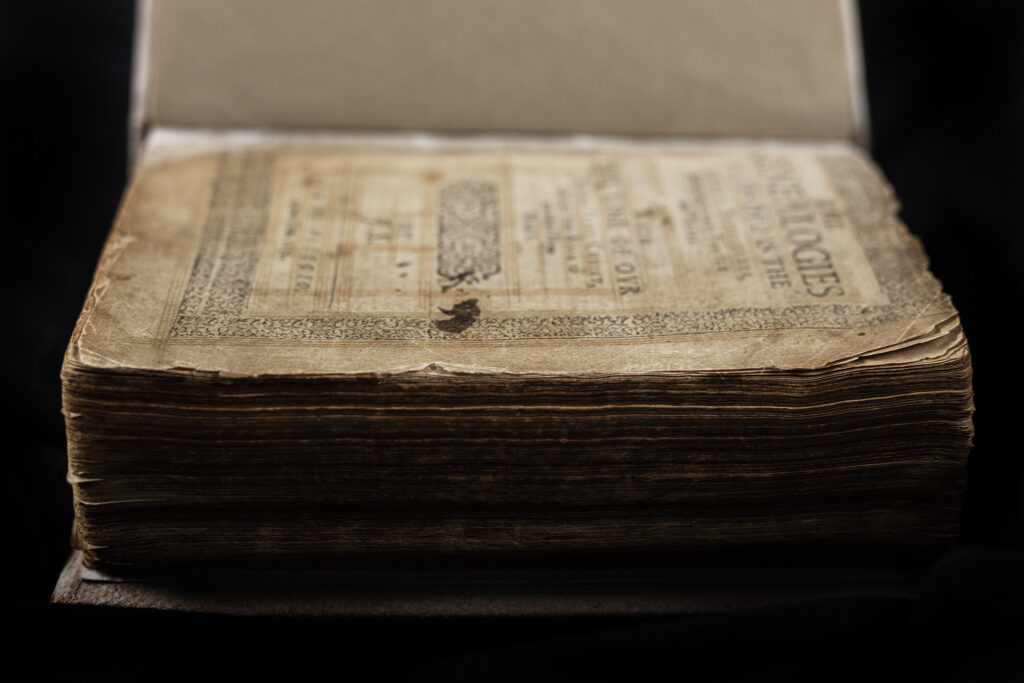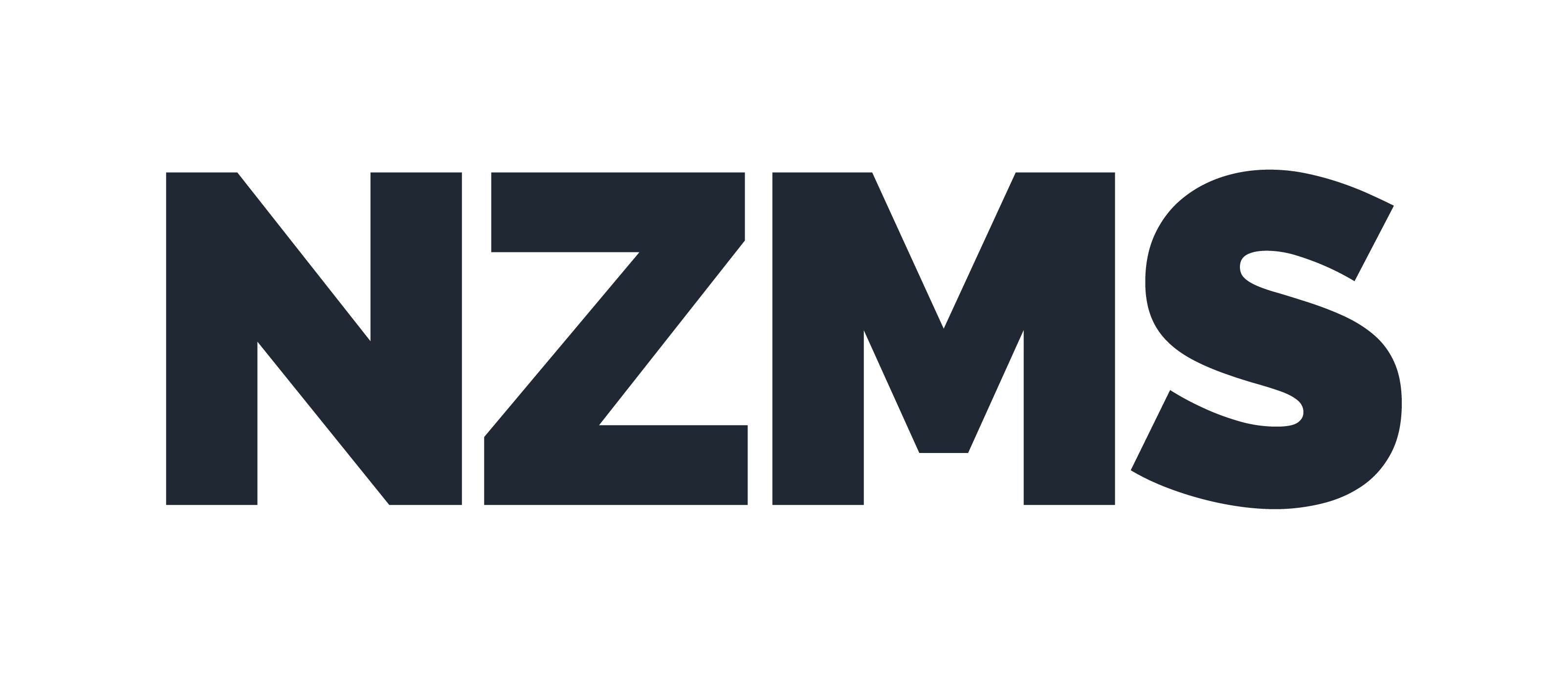The previous entries in this series on digitisation (Why Digitise and Developing a Digitisation Strategy) describe how clearly outlining the reasons for pursuing a digitisation project and developing a comprehensive plan can help organisations ensure their collections are digitally preserved long into the future.
This resource focuses on the next, and final, step in the planning process: defining the output specifications based on the overall scope of the project. This is a key decision that should be influenced by the organisation’s main requirements as well as the access needs of individuals.
Working to Standards
Defining and working to standards is vital for consistent digitisation and can be a way of measuring the success of key elements of an organisation’s programme.
NZMS holds a unique position in New Zealand’s cultural heritage sector, because we work to a number of different standards respected or adhered to by major international libraries, universities, museums, and archives. We know it can be overwhelming trying to navigate the “ins and outs” of digitisation standards, but NZMS is happy to help should your organisation require some advice! It can take decades to accumulate the knowledge and experience to build appropriate workflow steps into internal processes.
While there are various standards that NZMS typically follow depending on an organisation’s requirements, there are currently no nationally recognised digitisation specifications. However, the Founder of NZMS, Andy Fenton, is passionately calling for their creation. He recently wrote a paper called The Case for Nationally Recognised Technical Specifications for Digitisation in New Zealand that brings to attention the shortcomings of existing legislation and practices, and provides a case for establishing national specifications.
In the meantime, below are some guidelines that could be useful:
- FADGI (Federal Agencies Digital Guidelines Initiative).
- NARA (National Archives and Record Administration).
- Archives New Zealand digitisation guidance – including destruction of source information after digitisation.
- Guidelines for handling cultural heritage materials such as National Library of New Zealand and Te Papa.

Organisations should consider what kind of resolution or quality they require their images to be when choosing a standard to follow, and ask the following questions:
- Will high resolution preservation master images be required? In RAW or lossless formats?
- Will it need to conform to rigorous preservation standards?
- Do you only need archive quality files to simply showcase a collection when printed or displayed online?
- Or, is a reduced size file for easy access to information the only requirement (e.g., indexing, transcription projects)?
The material itself will also drive what standard is chosen: for example, modern documents can often be digitised in greyscale allowing them to be easily made text searchable with optical character recognition (OCR) software. In comparison, historical documents or artworks frequently require high colour accuracy, tonal fidelity and colour balancing so that they faithfully match the original item.
Post Capture Processes
The specifications after capture are also important to consider and define. Images often require additional processing to improve their quality or likeness to the original which involves the use of specialist software and workflows.

Post capture processing specifications might include:
- Image management: applying cropping, colour balancing, sharpening, or changing the resolution, and in the case of audiovisual material noise reduction for example.
- File management: ensuring standards compliance, formatting and converting file types, creating derivatives.
- Content and text conversion: applying OCR, transcription, or indexing.
- File naming and metadata: adding file metadata, linking to existing catalogues or database information, file formatting or JHOVE compliance, or additional information in the metadata field.
Promoting Access
Often one of the key objectives of a digitisation project is to make the material more accessible and this means a plan will need to be in place detailing how the images will be accessed and shared. Organisations usually implement a Collection Management System (CMS) for this purpose. Recollect is a great option with its focus on online community engagement that increases the accessibility of collections and provides a richer, more compelling user experience.

Images can be uploaded into a CMS and linked to other online collections via their metadata. Once they are online, the images will be able to be easily shared to various social media platforms to achieve a wider reach. Digitised collections become more accessible once they are moved online, and it encourages sustained participation because people can return to collections as often as they like, and at any time. CMSs that encourage participatory engagement and user contributions, like Recollect, create exciting opportunities for cultural heritage organisations. Both experts and enthusiasts alike, who have knowledge about a collection, can work together to enrich information, actively contribute knowledge, and uncover new understandings. It is important that the output specifications of your digitised items match what their access needs will be: will images need to have enough resolution to zoom in and view small details, or will a low resolution access file suffice? It is essential to make these considerations to avoid costly mistakes and ensure digitisation will not have to be revisited again in the future.
For example, NZMS were recently entrusted to digitise a rare collection of bound medieval manuscripts, which required our team to carefully choose the output specifications so the fragile material did not need to be repeatedly handled or recaptured in the future.
The manuscripts belong to Dunedin Public Libraries’ Reed Collection and are comprised of religious manuscripts from Western Europe ranging in date from c.1100-1700. Our team digitised the manuscripts to a high resolution of 600ppi, 1:1 scale with a Phase One 100-megapixel camera. This allowed for two files to be created: a high-definition image suited for zooming in to examine fine details, and a smaller public-friendly version that can be quickly downloaded and viewed online.

The medieval manuscripts in the Reed Collection are well-known in Dunedin — library patrons and staff alike raised the idea of comprehensively digitising the collection to provide public access to these fascinating items. The library intends to make the images available online through Scattered Seeds, and investigate the possibilities for promoting the collection internationally for scholarly usage in Europe and North America.
Appropriate management of the digitised images and defining their access requirements allows for better care of original items: organisations can restrict access, conduct conservation, and carefully package or store items away while still providing the public and staff access to the information they need. New options also become available after digitisation such as remote storage or even (for non-historical items) destruction.
A Comprehensive Solution
Defining the output specifications of a digitisation project makes it easier to measure its effectiveness, providing a straightforward way of reporting and identifying which goals have been met by the project and what areas can be improved — allowing it to stand up to any audit or scrutiny.

This can be taken to various extremes: simply measuring the tangible goals that were recorded in your initial strategy, or using something like the Balanced Value Impact Model (BVIM) that can help to measure the impact of the digitisation on people’s lives.
Performance metrics are often stated from the outset and routinely measured, but these should not only include the project milestones — measures that show the impact of the work on the intended (and unintended) audience can be far more valuable. It’s worth asking, will the outcomes of the digitisation project, and its strategy, survive and be effective for as long as it is needed?
Cultural heritage collections are incredibly valuable to our society; they imbue people with a sense of unity and belonging within their community by providing them with a better understanding of their history and the generations that came before. Digitisation makes cultural heritage more accessible and extends its ability to benefit the wider community. It is important that a comprehensive digitisation strategy is in place, one that considers the output specifications in reference to the goals of the project.

NZMS has a wealth of experience, gained from over 30 years working within the cultural heritage sector in New Zealand, and our team is happy to help your organisation plan its digitisation endeavours! Whether that means undertaking the digitisation ourselves, or simply helping you devise an inhouse strategy, we can offer our advice and help you decide on the most suitable method of digitisation.
We are experts in assessing collections and working with our customers to ensure they achieve the best possible outcome to protect their cultural heritage items long into the future.
